Skin grafting plays a critical role in the treatment of severe burns, especially when the skin is unable to heal on its own due to extensive damage. The procedure involves transferring healthy skin from another part of the patient’s body to cover the burn wound, promoting faster healing and preventing infection.
Skin grafts are essential in restoring the skin’s protective barrier, improving mobility in affected areas, and reducing scarring. They are particularly useful in third-degree burns where all layers of the skin are damaged and require surgical intervention for proper recovery.
What is a Skin Graft Donor Site?
A skin graft donor site is the area on the patient’s body where healthy skin is harvested for transplantation onto the burn wound or another area requiring coverage. The donor site is typically chosen from areas that are not visible or bear minimal weight, such as the thighs, buttocks, or back, depending on the type of skin graft needed.
This area must have healthy, viable skin that can regenerate after removal. Once the skin is harvested, the donor site itself becomes a secondary wound that requires proper care to heal and prevent complications like scarring or infection.
Types of Skin Grafts: Understanding Full-Thickness and Split-Thickness
Full-Thickness Skin Grafts
Full-thickness grafts involve removing both the epidermis and the entire dermis, providing a more robust layer of skin that heals with less contraction and offers better cosmetic outcomes. These grafts are often used for smaller, more visible areas like the face or hands.
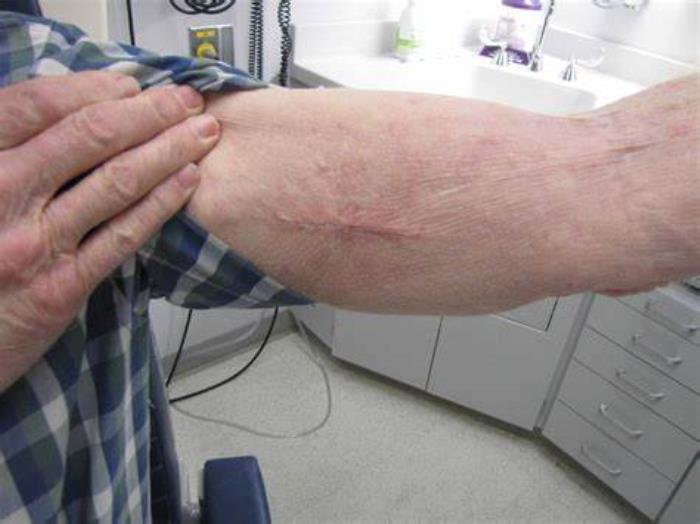
Split-Thickness Skin Grafts
Split-thickness grafts, on the other hand, involve harvesting only the top layer of the dermis and the epidermis. They are commonly used in extensive burns as they cover larger areas and heal faster, though they may result in more scarring compared to full-thickness grafts.
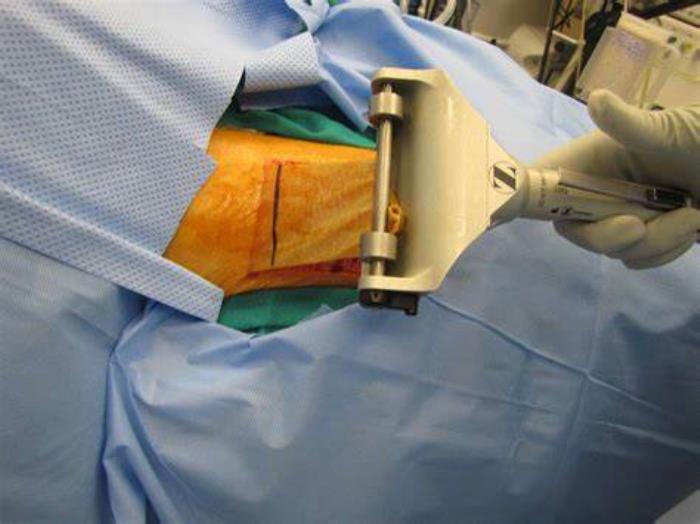
How Donor Sites Are Selected for Burn Treatment
The selection of a donor site for skin grafting in burn treatment is based on several factors, including the size of the burn area, the type of graft required, and the patient’s overall health. Surgeons typically choose donor sites from areas where the skin matches the color and texture of the burn site for better aesthetic results.
Additionally, areas with a lower risk of being affected by weight-bearing or movement, such as the thighs or back, are often selected to minimize discomfort during the healing process. The donor site must have enough healthy skin to regenerate after the graft is taken, ensuring that both the donor site and the graft heal properly.
The Healing Process of Skin Graft Donor Sites
The healing process of a skin graft donor site varies depending on the type of graft used. Split-thickness donor sites generally heal faster, usually within two to three weeks, as only the outer layers of the skin are removed. Full-thickness donor sites take longer to heal, often requiring several weeks or more, as the entire dermal layer is involved.
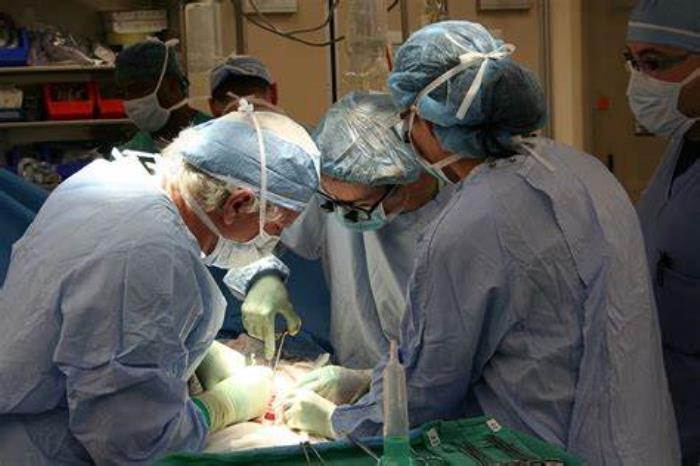
Both types of donor sites need proper wound care to prevent infection and promote tissue regeneration. The area is usually covered with a sterile dressing, and patients are advised to keep it clean and moisturized to aid in healing. Scarring may occur, but it tends to be minimal, especially with split-thickness grafts.
Factors Affecting the Choice of Donor Sites in Burn Patients
The selection of donor sites for skin grafting in burn patients depends on factors like the extent of the burn, skin availability, and the quality of the skin at the donor site. Surgeons often choose areas with similar skin texture, color, and thickness to ensure graft compatibility and aesthetic outcomes.
Importance of Preserving Donor Site Integrity During Surgery
Maintaining the health and integrity of the donor site is essential for successful grafting. The donor site must provide sufficient skin while ensuring that the area can heal effectively without complications, such as infection or excessive scarring.
Pain Management and Care for Donor Sites After Skin Grafting
Donor sites can be painful post-surgery, often feeling similar to a large abrasion or burn. Pain management strategies, such as the use of pain relievers, topical treatments, and dressings, are crucial for patient comfort during recovery.

Proper care, including keeping the area clean and protected, also accelerates healing.
The Role of Donor Sites in Achieving Successful Graft Results
Donor sites contribute directly to the success of skin grafts. Healthy skin from a well-chosen donor site integrates more effectively with the grafted area, improving healing and reducing the risk of rejection. Proper donor site care ensures that patients achieve better overall graft results.
Regeneration of Skin at the Donor Site: What to Expect
After skin is harvested from a donor site, the area begins regenerating. The healing process typically takes 1-2 weeks for partial-thickness skin grafts, though complete regeneration of skin may take longer.
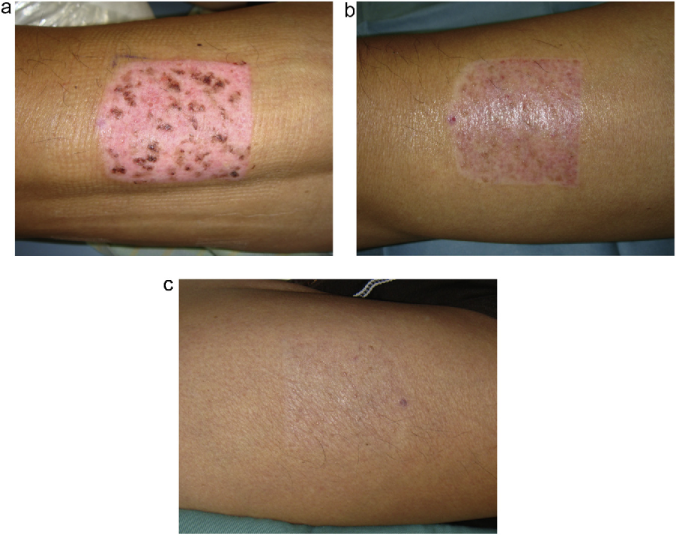
The regrowth of skin involves new layers forming over the wound, which will eventually blend with the surrounding tissue.
Minimizing Scarring at the Donor Site: Best Practices
To minimize scarring, patients can use silicone sheets or gels, apply pressure garments, and maintain proper hydration. Early intervention with these methods is key to reducing the appearance of scars.
In addition, avoiding sun exposure helps prevent hyperpigmentation and further scarring.
Managing Infections and Complications at the Donor Site
Infections at donor sites can delay healing and increase the risk of scarring or further complications. Preventive measures, such as keeping the area clean, using prescribed antibiotics, and monitoring for signs of infection (redness, swelling, or discharge), are essential for successful recovery.
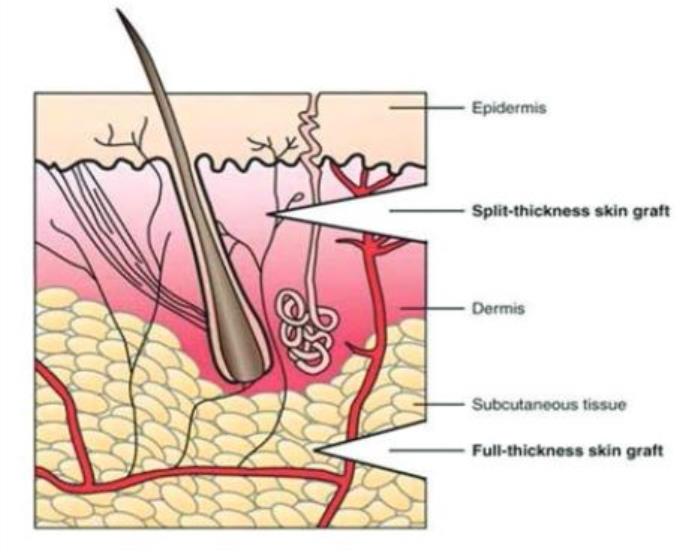
Skin Substitutes: Reducing the Need for Multiple Donor Sites
In cases where extensive skin grafting is needed, skin substitutes can help reduce the need for harvesting multiple donor sites. These substitutes, made from synthetic or biological materials, act as temporary covers to protect wounds while promoting healing, reducing the strain on the patient’s body.
How to Care for the Donor Site After Burn Surgery
Post-surgical care for donor sites involves keeping the area clean and covered with sterile dressings. Patients should follow their surgeon's guidelines, which often include avoiding strenuous activities and maintaining proper hydration to support healing.
Long-Term Impact of Donor Sites on Skin Function and Appearance
While donor sites generally heal without long-term complications, patients may notice changes in skin texture, color, and sensitivity. These areas may be more prone to dryness or irritation, requiring ongoing care.
In some cases, scarring can be a lasting concern, though advancements in treatment help minimize its impact.
Psychological Considerations: Coping with Donor Site Scarring
Donor site scarring can affect patients psychologically, particularly when visible areas are affected. Support from healthcare professionals, including therapists, can help patients cope with any emotional or self-esteem issues that arise due to scarring.
Patient support groups also offer a platform for sharing experiences and advice.
Advances in Technology: Improving Donor Site Healing
Recent technological advancements, such as laser therapy, stem cell treatments, and new wound care products, have improved the speed and quality of donor site healing. These innovations help reduce scarring, accelerate recovery, and improve the overall aesthetic outcomes for patients.
The Role of Compression Therapy in Donor Site Recovery
Compression therapy can play a vital role in minimizing scarring and promoting uniform healing at the donor site. By applying gentle pressure, compression garments help flatten scars, improve circulation, and support skin regeneration, leading to better long-term outcomes.
Patient Experiences: Stories of Healing from Donor Sites
Patients who have undergone skin grafting often share positive stories of donor site healing, especially when following proper care protocols. Many report successful recovery with minimal scarring and discomfort, thanks to early intervention, compression therapy, and advanced treatment methods.
Conclusion: The Critical Role of Donor Sites in Burn Recovery
Donor sites are integral to the success of skin grafts and the overall recovery process in burn patients. With proper care, attention to infection prevention, and the use of advanced therapies, patients can achieve successful graft results with minimized scarring and discomfort.
Understanding the Role of Stem Cells in Skin Regeneration and Grafting
Explore the importance of stem cells in skin regeneration and grafting. This section discusses how stem cell therapies are revolutionizing wound healing and enhancing the success of skin grafts by promoting tissue regeneration and reducing recovery times.
Pediatric Considerations in Skin Grafting for Burn Treatment
Learn about the unique considerations for skin grafting in pediatric patients suffering from burns. This section addresses the challenges associated with treating young patients, including growth considerations, psychological impacts, and specialized care techniques to ensure optimal healing.
Best Skin Grafts for Burn Treatment in India
The Best Skin Grafts for Burn Treatment in India offer effective solutions for severe burns, helping restore skin function and appearance through advanced surgical techniques.
Best Hospitals for Skin Grafts in India
The Best Hospitals for Skin Grafts in India are equipped with cutting-edge technology and experienced specialists, providing comprehensive care for patients from initial consultation to recovery.
Skin Graft Surgery Cost in India
The Skin Graft Surgery Cost in India is affordable and transparent, ensuring patients receive high-quality care without compromising on the standards of treatment.
Best Skin Graft Surgeons in India
The Best Skin Graft Surgeons in India are experts in reconstructive surgery, providing personalized and precise care to ensure the best outcomes for burn patients.
FAQ
How is a skin graft donor site chosen in burn treatment?
The donor site is selected based on skin texture, color, and thickness that match the graft area. Surgeons also consider the availability of healthy skin and the patient’s overall condition.
How long does it take for a donor site to heal after a skin graft?
Healing typically takes 1-2 weeks for partial-thickness skin grafts. Complete regeneration of the skin may take longer, depending on the size and depth of the donor site.
What are the risks of infection at the donor site?
Infection can occur if the donor site is not properly cared for, leading to delayed healing, scarring, and other complications. Preventive care, such as cleaning the area and using sterile dressings, minimizes this risk.
Will my donor site scar after a skin graft?
While scarring is possible, it can often be minimized with proper care, including the use of silicone sheets, compression garments, and avoiding sun exposure.
How can I care for my donor site to speed up recovery?
Follow your surgeon's instructions, which typically involve keeping the area clean, applying prescribed ointments, and avoiding activities that could strain the area. Staying hydrated and protecting the site from sun exposure also aids in faster recovery.